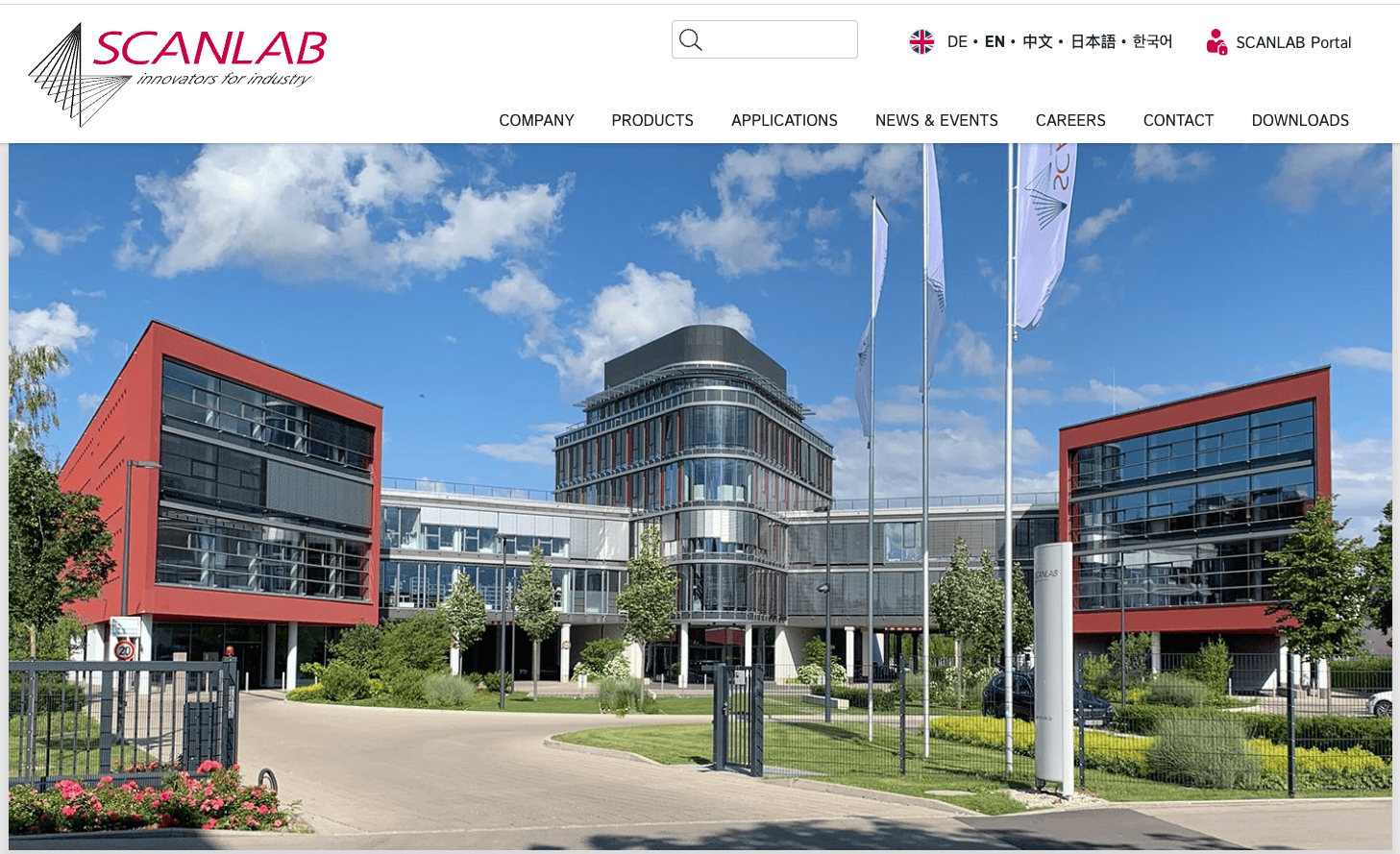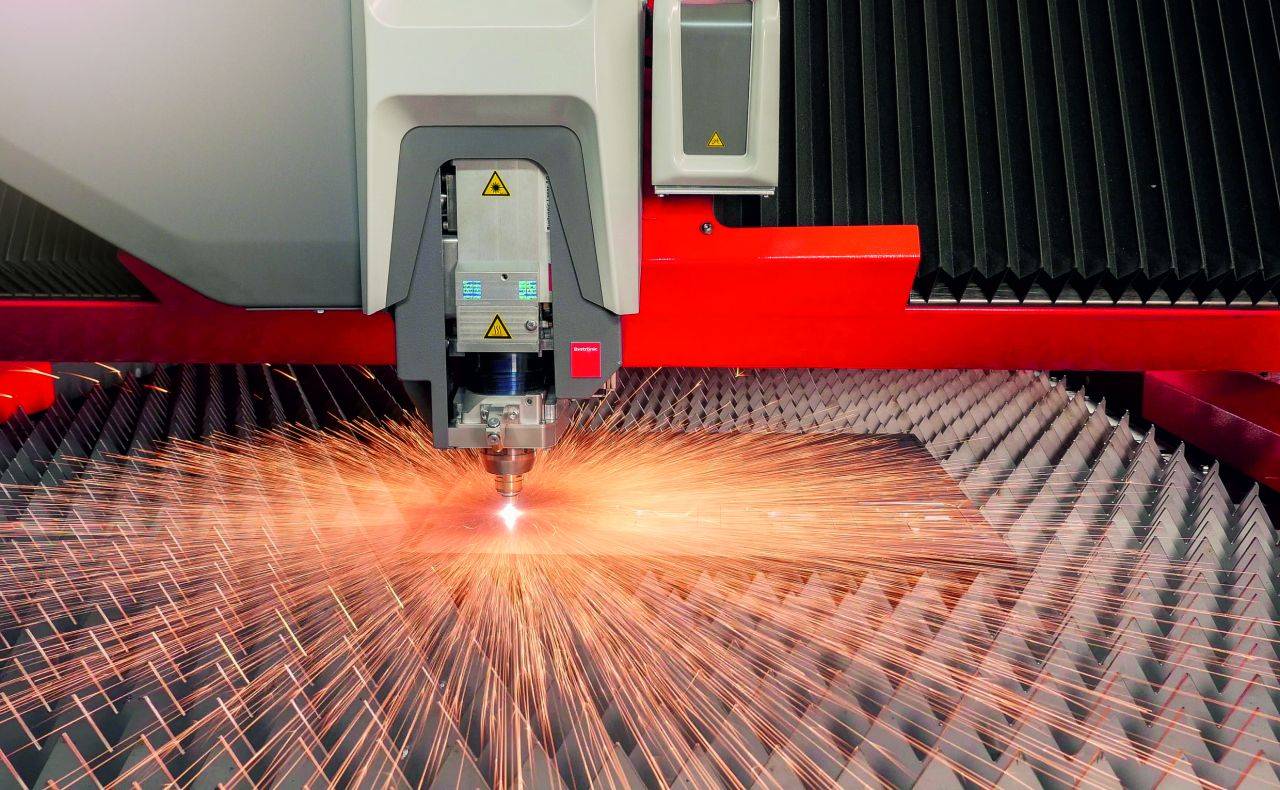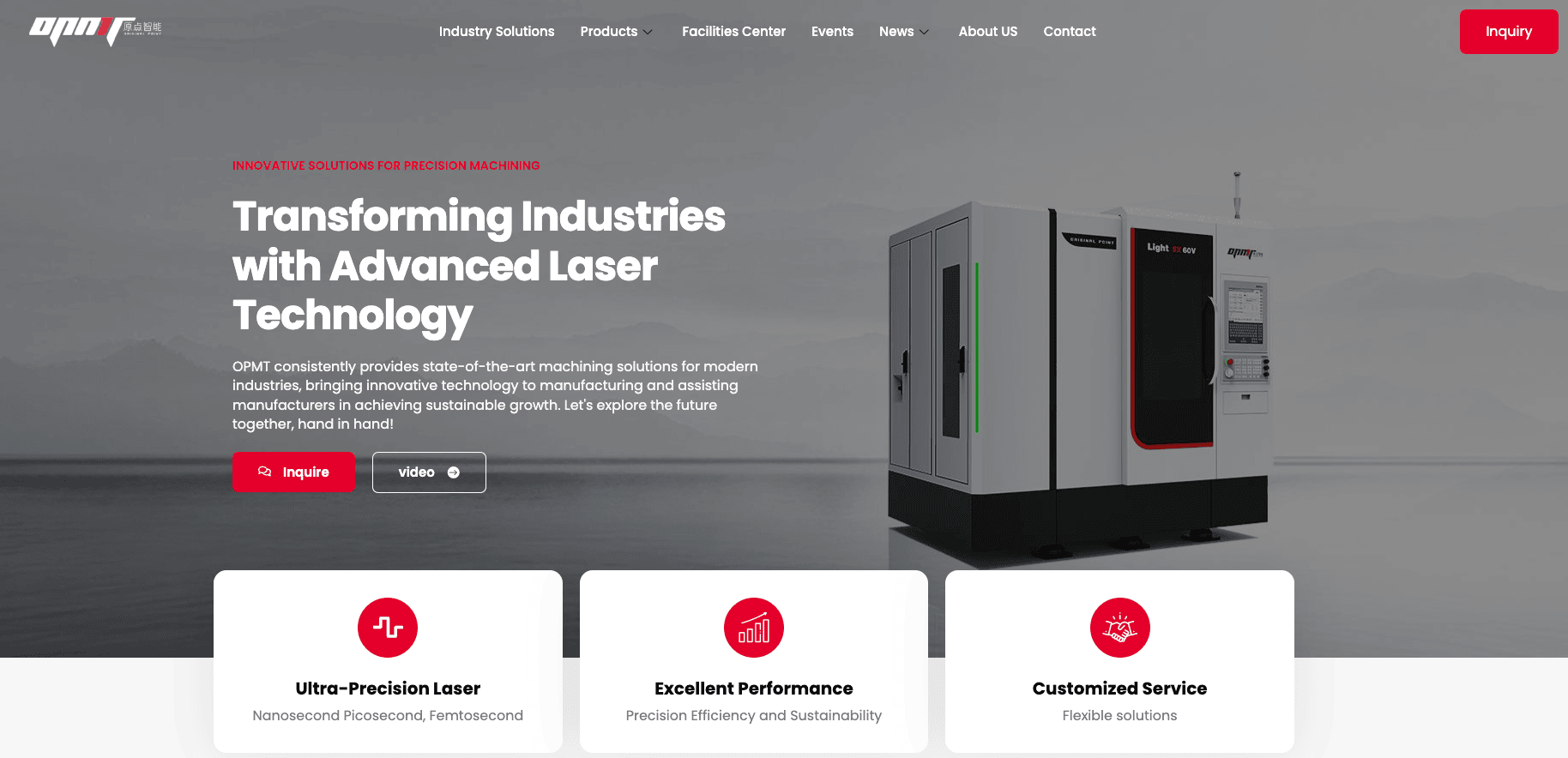Industrial manufacturing’s relentless pursuit of precision and efficiency has positioned laser cutting systems as indispensable tools across aerospace, automotive, and electronics sectors. With the global laser technology market projected to grow at a 7.8% CAGR through 20251, engineers and procurement teams face critical decisions when selecting between fiber and CO2 lasers. This analysis examines their technical distinctions, operational impacts, and suitability for modern production demands, leveraging 2024–2025 validated data from industry leaders like Bystronic and Mac-Tech.
Technological Foundations of Laser Systems
Beam Generation and Material Interaction
CO2 lasers generate a 10.6 µm wavelength beam through gas discharge chambers, relying on mirrors and bellows for beam delivery—a design vulnerable to misalignment and particulate contamination. Fiber lasers, by contrast, amplify a 1.06 µm seed laser within doped optical fibers, achieving near-perfect beam quality (M² <1.1) for micron-level precision in metals like copper and aluminum. This wavelength disparity directly influences material absorption: fiber lasers exhibit 35% absorptivity in steel versus CO2’s 12%, enabling faster cutting speeds and reduced thermal distortion.
Structural and Maintenance Divergence
Fiber lasers’ solid-state architecture eliminates gas recirculation systems and mirror arrays, slashing weekly maintenance from 4–5 hours for CO2 systems to under 1 hour. Hymson Laser’s ISO 11553-2:2024 audit data confirms fiber lasers reduce alignment-related downtime by 82% in high-volume sheet metal operations. CO2 systems remain relevant for non-metals like acrylic and wood, where their longer wavelength ensures cleaner kerfs.
Operational Efficiency and Cost Analysis
Energy Consumption and Throughput
A 6 kW fiber laser consumes 60% less power than equivalent CO2 models, translating to $15,093 annual savings at $0.15/kWh. For 16-gauge mild steel, fiber lasers achieve 1,417 IPM cutting speeds—triple CO2 capabilities—while maintaining ±0.1mm tolerances. However, CO2 systems retain cost advantages for facilities processing thick-section (>15mm) mild steel or mixed-material batches, where operational flexibility offsets higher energy costs.
Safety and Regulatory Compliance
OSHA’s 2024 revised guidelines mandate enclosed work cells for CO2 lasers due to infrared radiation risks, whereas fiber lasers’ closed optical paths simplify compliance. Bystronic’s fiber laser systems integrate real-time power monitoring to meet 2025 EU Ecodesign Directive thresholds of <0.15 kWh/metre for sustainable manufacturing.
Strategic Implementation Guidelines
Material-Driven Selection Criteria
- CO2 Lasers: Optimal for non-conductive materials (textiles, composites) and legacy setups using nitrogen assist gases.
- Fiber Lasers: Dominate high-volume metal fabrication, particularly for EV battery trays and medical devices requiring sub-100 µm features.
Lifecycle Cost Projections
While fiber lasers demand 20–30% higher upfront investment, their 5-year ROI outperforms CO2 systems by 40–60% in energy-intensive applications. Hymson’s hybrid laser platforms merge fiber precision with CO2 versatility, offering transitional solutions for factories adopting Industry 4.0 workflows.
Future Trends and Adaptive Solutions
The 2025 NIST report highlights AI-driven predictive maintenance as a breakthrough, with fiber lasers’ digital interfaces enabling real-time adjustments via Hymson’s AI optimization modules. Concurrently, CO2 innovations like Radian’s gas-recirculation tech aim to cut operational expenses by 18% by 2026.
Synthesis
Fiber lasers’ dominance in metal processing is undisputed, delivering unmatched speed and efficiency, while CO2 systems persist in niche non-metal applications. With 2025 energy regulations tightening, manufacturers must prioritize material portfolios and sustainability targets—factors where Hymson’s validated performance metrics provide actionable insights for capital planning.
Advanced Material Processing Capabilities
High-Reflectivity Metal Cutting
Fiber lasers dominate in processing copper, brass, and aluminum due to their 1.06 µm wavelength, which minimizes beam reflection compared to CO2’s 10.6 µm output. A 2025 Fraunhofer Institute study confirms fiber lasers achieve 98% absorption rates in 3mm copper sheets, reducing energy waste by 40% versus CO2 systems. For industries like EV battery manufacturing, this efficiency enables zero-defect cutting of lithium-ion cell foils at speeds exceeding 200 m/min.
Non-Metal and Composite Fabrication
CO2 lasers remain unmatched for engraving acrylic, polycarbonate, and wood, where their longer wavelength produces smoother edges (Ra <1.6 µm) without melting. BMW’s 2024 production audit revealed CO2 systems reduced acrylic dashboard trimming reject rates by 22% compared to fiber alternatives. For mixed-material workflows, Hymson’s hybrid laser-arc systems integrate both technologies, optimizing throughput in aerospace composite layups.
Environmental and Regulatory Compliance
Energy Efficiency Benchmarks
The 2025 EU Ecodesign Directive mandates ≤0.18 kWh/metre for industrial cutting systems—a threshold easily met by fiber lasers but challenging for CO2 models without gas recirculation upgrades. Bystronic’s 6kW fiber laser consumes 2.1 kW/hr during continuous operation, aligning with ISO 50001 sustainability certifications, while legacy CO2 systems average 5.8 kW/hr.
Emissions and Waste Management
CO2 lasers require periodic gas replenishment (He/N2/CO2 mixes), generating 14–18 tons of annual CO2-equivalent emissions per machine. Fiber lasers eliminate gas consumption, reducing carbon footprints by 63% in sheet metal operations, as validated by Hymson’s 2025 Environmental Impact Report.
Cost-Benefit Analysis (2025 Data)
Upfront and Operational Costs
| Metric | Fiber Laser | CO2 Laser |
|---|---|---|
| Initial Investment | $320,000–$550,000 | $180,000–$350,000 |
| Energy Cost/Hour | $4.20 | $11.50 |
| Maintenance Cost/Year | $8,400 | $23,000 |
| 5-Year ROI | 142% | 89% |
Source: Mac-Tech 2025 Laser Systems TCO Report
Fiber lasers’ higher initial cost is offset by $127,000 average savings over five years in high-volume settings. For low-volume workshops, CO2 systems provide 26% faster breakeven due to lower capital outlay.
Industry-Specific Case Studies
Automotive: Tesla’s Cybertruck Production
Tesla’s Austin Gigafactory deployed 12kW fiber lasers to cut 3mm 30X stainless steel at 34 m/min, reducing chassis component costs by 18%. The system’s ±0.05 mm repeatability ensured seamless fitment of armor panels, as detailed in their 2024 Q4 Earnings Call.
Aerospace: Boeing’s Composite Trimming
Boeing’s South Carolina plant utilizes CO2 lasers for CFRP (carbon fiber-reinforced polymer) wing spar trimming, achieving 0.2mm tolerances without delamination. Their 2025 supplier guidelines emphasize CO2’s superiority in avoiding matrix cracking during 10-axis cutting.
Conclusion: Strategic Investment Guidelines
Fiber lasers are the unequivocal choice for high-volume metal fabrication, offering unmatched speed, precision, and compliance with 2025 sustainability mandates. CO2 lasers retain viability for non-metal specialists and facilities prioritizing low upfront costs. Hybrid systems, like Hymson’s AI-driven dual-laser platforms, provide transitional solutions for manufacturers diversifying material portfolios.








